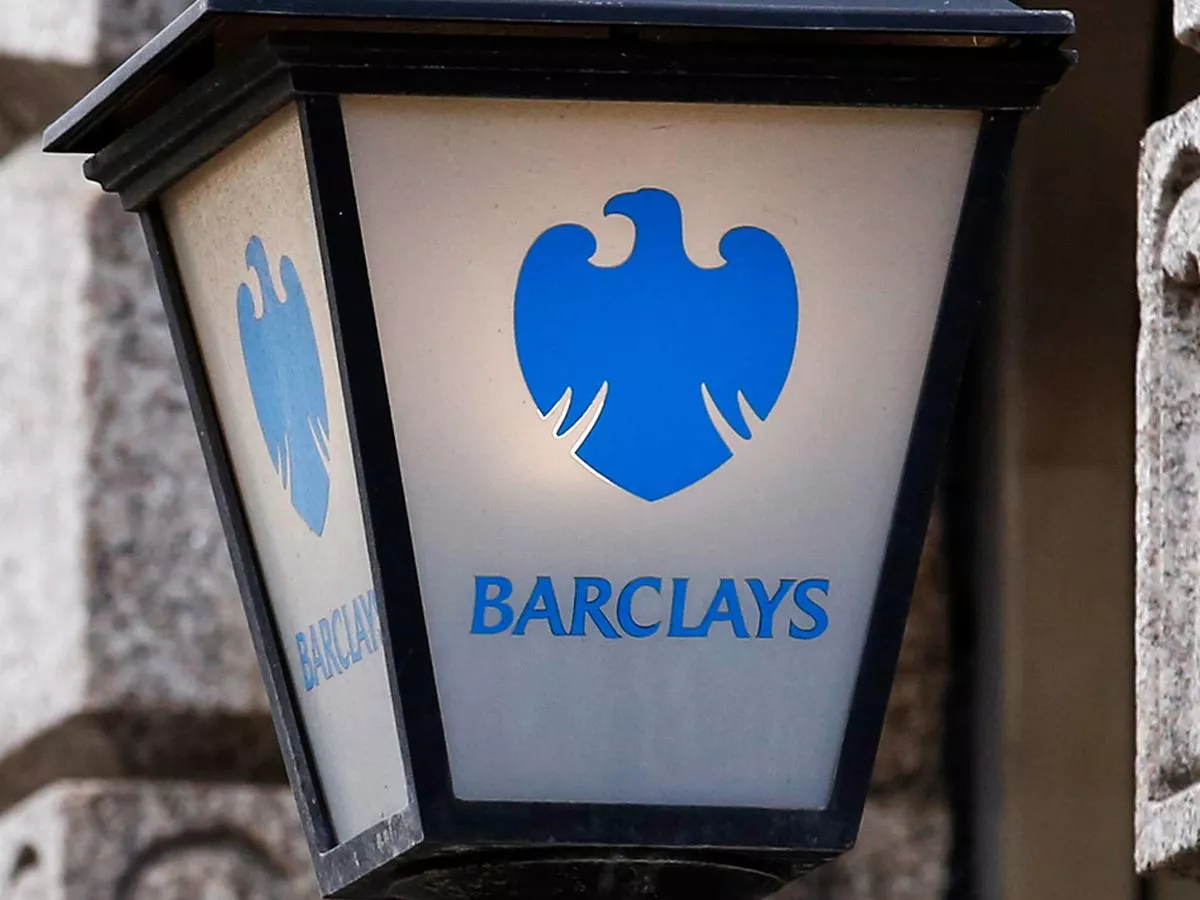
Retail companies spanning from the luxury sector to lower-value goods are using a tariff arbitrage strategy within their supply chains to lower tariff bills and keep costs down for consumers.
The business model, called B2B2C (business-to-business-to-consumer), is changing the way retailers handle orders placed by consumers on a company’s website. Typically, an item purchased online is directly sold to the consumer. But with President Trump’s trade war hitting the retail sector hard and hitting many manufacturing hubs where retailers source goods with high tariffs, this type of transaction is now more often being handled through a middleman company that acts as a merchant of record, acting on behalf of the retailer as a U.S. entity. ESW and Global-e are companies that act as a merchant of record for retailers selling products into the United States.
Once a U.S. consumer purchases the product on a retail website, the actual transaction is routed to the retail middleman that can purchase the product at a wholesale price from the retailer. The middleman company ships and pays the U.S. tariff on the product’s wholesale price on behalf of the retailer.
Antony Talbot, group trading director for U.K.-based accessible curve fashion retailer Yours Clothing, tells CNBC that the B2B2C model has halved the company’s tariff costs. He gave the example of a $30 dress sold from its online U.K. storefront and manufactured in India. The layered U.K. and India tariffs would add $15 to the bill, pushing the item up to $45. The average receipt of a Yours Clothing U.S. customer is between $120- $150.
“If ESW becomes the buyer of the dress and I purchase it from them at $15, my tariff is cut in half,” Talbot said.
Talbot said the tariffs are eating into margins but they do not want to pass on the cost to customers.
“The North American retail market is very important to us and we don’t want to upset our customers,” he said. “If we increased our prices, our customers would not be able to afford it, and it would push us up into a different price category, which is very competitive. That is not what our business model is about. We are analyzing where we can cut to offset the increase in costs,” he said.
According to Eric Eichmann, CEO of ESW, the difference in paying tariffs on the wholesale rather than the retail prices ranges from 30%-60%.
Tod’s Group, a privately held luxury holding group based in Milan, Italy, has been able to hold off on raising prices using the B2B2C model, though it continues to monitor the situation product category by category “The holidays represent 60% of our total business,” said Marcello Messina, worldwide head of global e-business for the company, whose brands include Tod’s, Roger Vivier, Hogan, and Fay. He said the decision to use the B2B2C strategy isn’t just about the size of the U.S. market, but keeping pricing consistent across markets. “Our customers travel and it would be frustrating for them to see different prices in the U.S. versus other countries for the same product. The U.S. is a big market for us,” Messina said.
Global-e, which handles the global e-commerce platforms for many retail brands, is also seeing increased demand for the B2B2C model as retailers rethink cross-border logistics and diversification strategies to optimize returns.
“Companies need to scale and grow without losing margin,” said Matthew Merrilees, Global-e CEO for the North America region.
He said brands are closely measuring the impact of tariffs on their businesses, while evaluating sourcing and inventory strategies, with the goal of delivering a streamlined and profitable consumer experience without incurring significant duty or tariff costs. The B2B2C model transfers the financial risk, and transaction and remittance, to Global-e, which assumes the responsibility on behalf of the brand to pay all the tax and duties.
For the consumer, the shift in the purchase process is invisible. While the consumer transaction takes place through Global-e’s payment engine as merchant of record, “the experience for the consumer is seamless and transparent through to credit card statement,” Merrilees said.
In addition to tariff mitigation, foreign companies are also on the hunt for U.S. warehouse space to keep returned product in the country. With competition intense in the luxury sector, finding warehouse space in strategic parts of the U.S. is not only key for higher-end retailers to be able to quickly resell a returned product, but also a way to save on sending the product back from overseas and paying another tariff on it.
Retailers, more broadly, have been rushing returns back into the resale market as a result of tariffs.
“Tariff concerns have evolved to running a digital strategy that connects inventory either in or near the country they are selling into,” Merrilees said. “Having a local presence to process returns immediately enables us to manage the returns in an easy way. The timing to be able to be return a product and refund the consumer is crucial,” he said, adding that Global-e is currently looking for warehouse space across the U.S.
This segment of service is also growing fast for ESW, according to Eichmann. “Fulfillment is another way to optimize the supply chain and reduce tariffs,” he said.
Merrilees described the global tariff situation as a “math equation” that can be solved country by country, and some others in the sector agree, saying it’s an especially wise approach coming at a time of decreased freight orders across the economy, and it shows how smart entrepreneurs can rewrite rulebooks on the fly.
“Tariff arbitrage is a creative, maybe even genius evolution in how companies adapt to the economic impacts of tariffs and global supply chain management,” said Josh Allen, chief commercial officer of ITS Logistics.
But others in the logistics sector worry that “tariff hacking,” as some in the industry have taken to calling the practice, can only mitigate tariff pressure on pricing in the short-term, and ultimately risks fueling inflationary pressures.
Nunzio De Filippis, a licensed customs broker and co-CEO of CargoTrans, warns that the B2B2C approach may give executives a false sense of confidence about their ability to navigate the trade war.
“In reality, it’s an illusion of control, like taking aspirin for a broken leg,” said De Filippis. “The real work is supply chain retooling, compliance health checks, correctly executing programs like First Sale of Export (FSFE) and exploring tariff engineering that will hold up five years from now,” he said.
Business models built around finding clever methods to avoid tariffs are “hot right now,” De Filippis said. But he added, “I question if they can scale.”
“Once you’re past a certain volume, the math flips: suddenly you’re exposed to audits, retroactive duties, and congressional scrutiny. In my opinion, it’s a house of cards,” he said.



